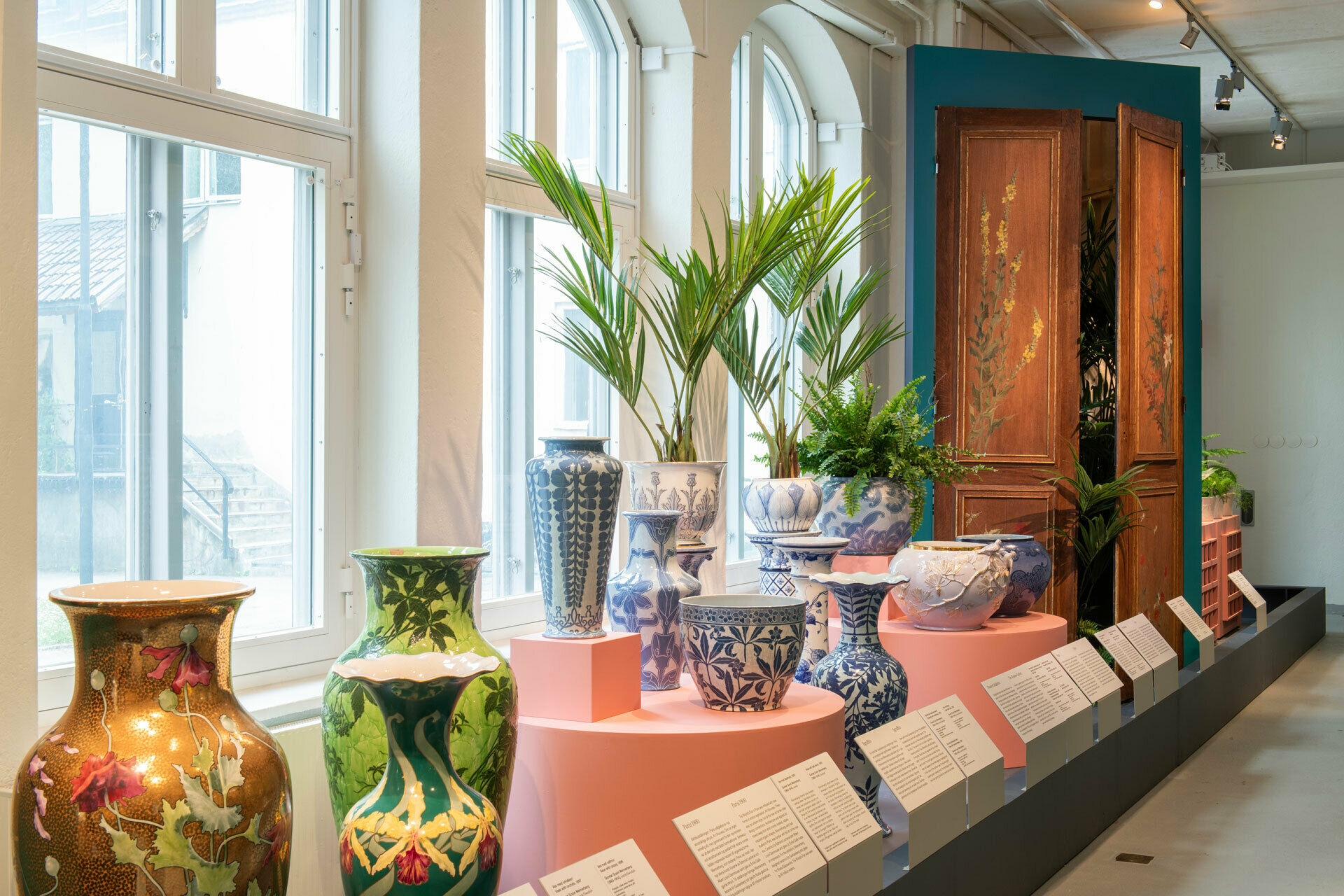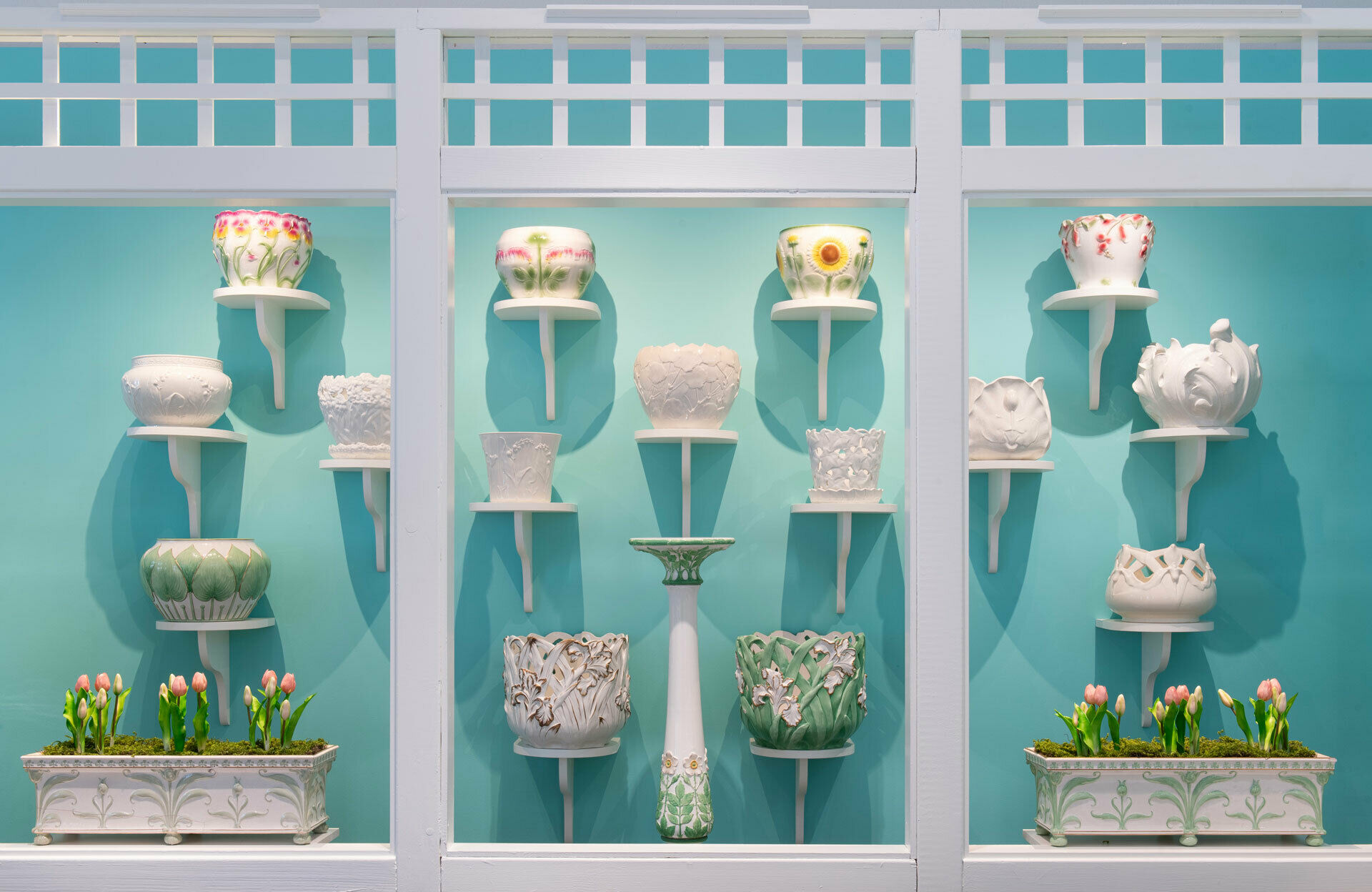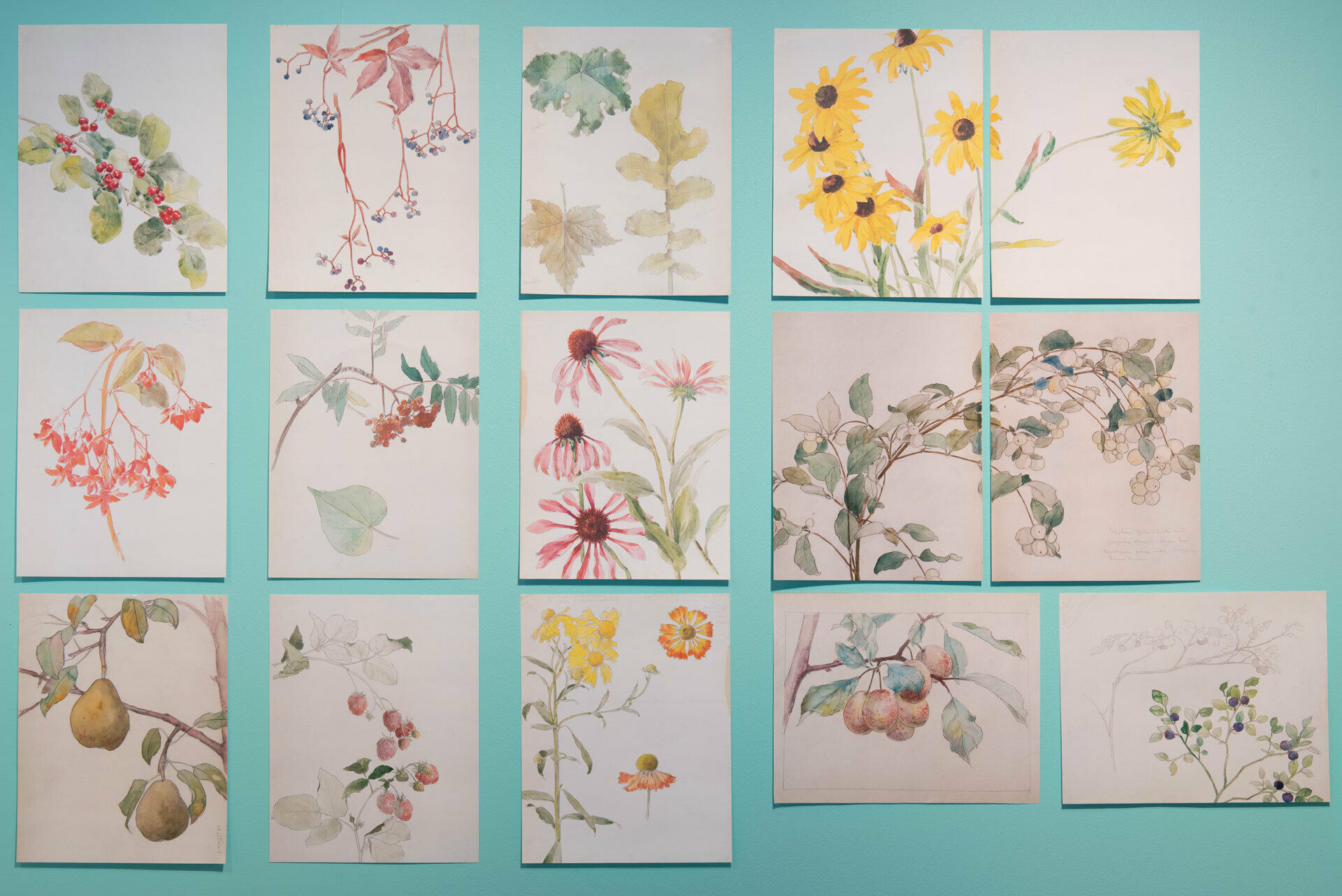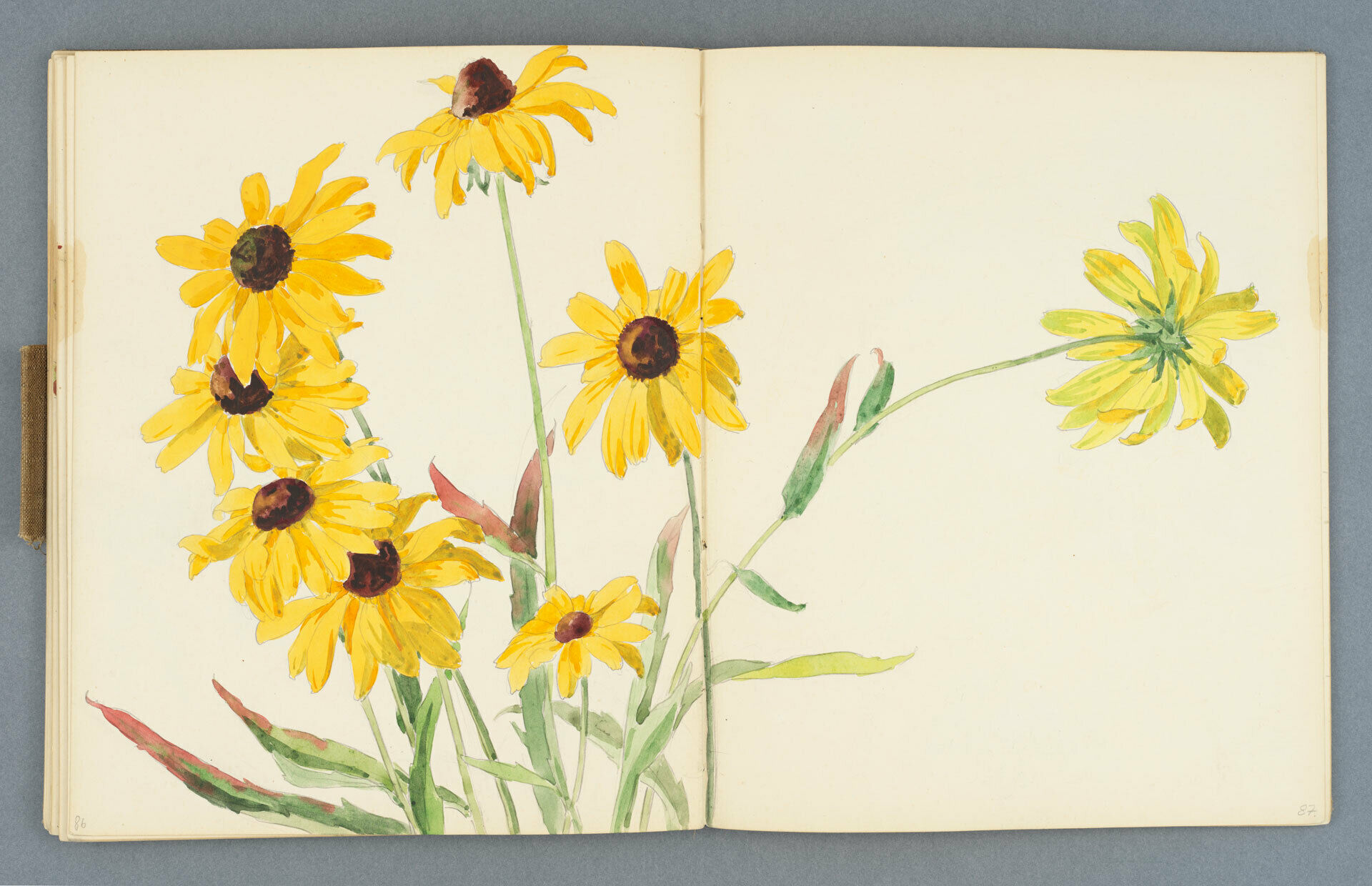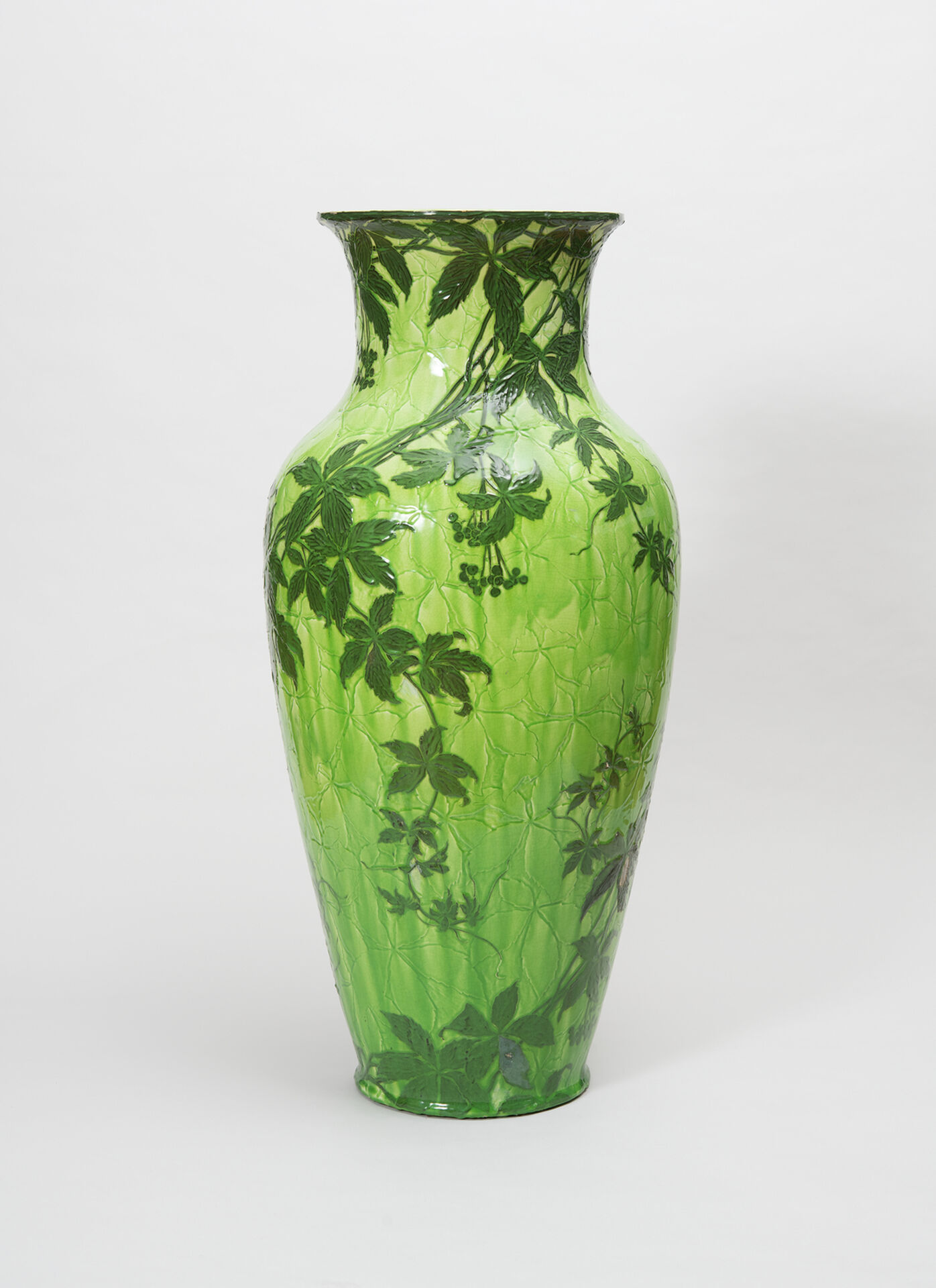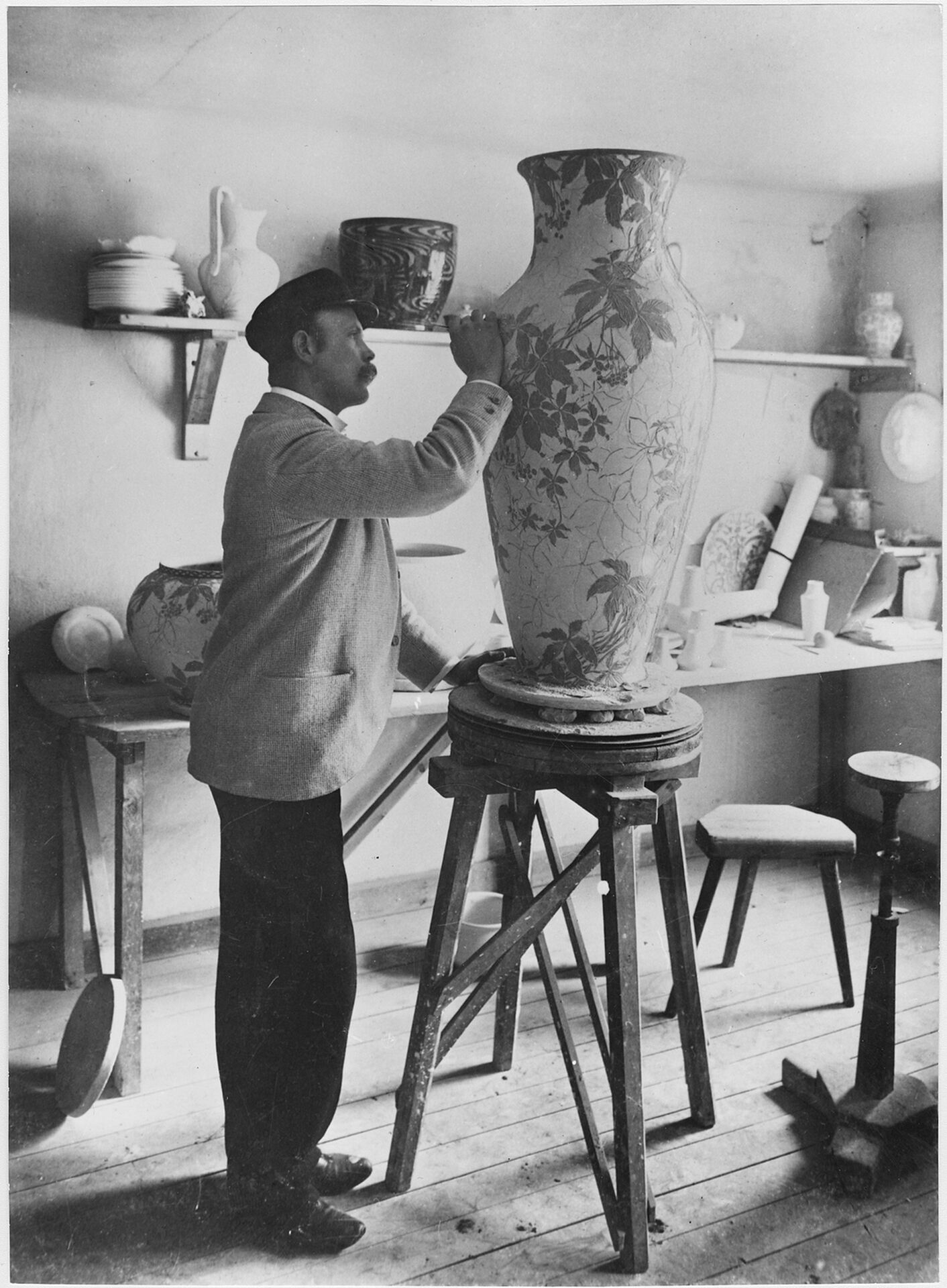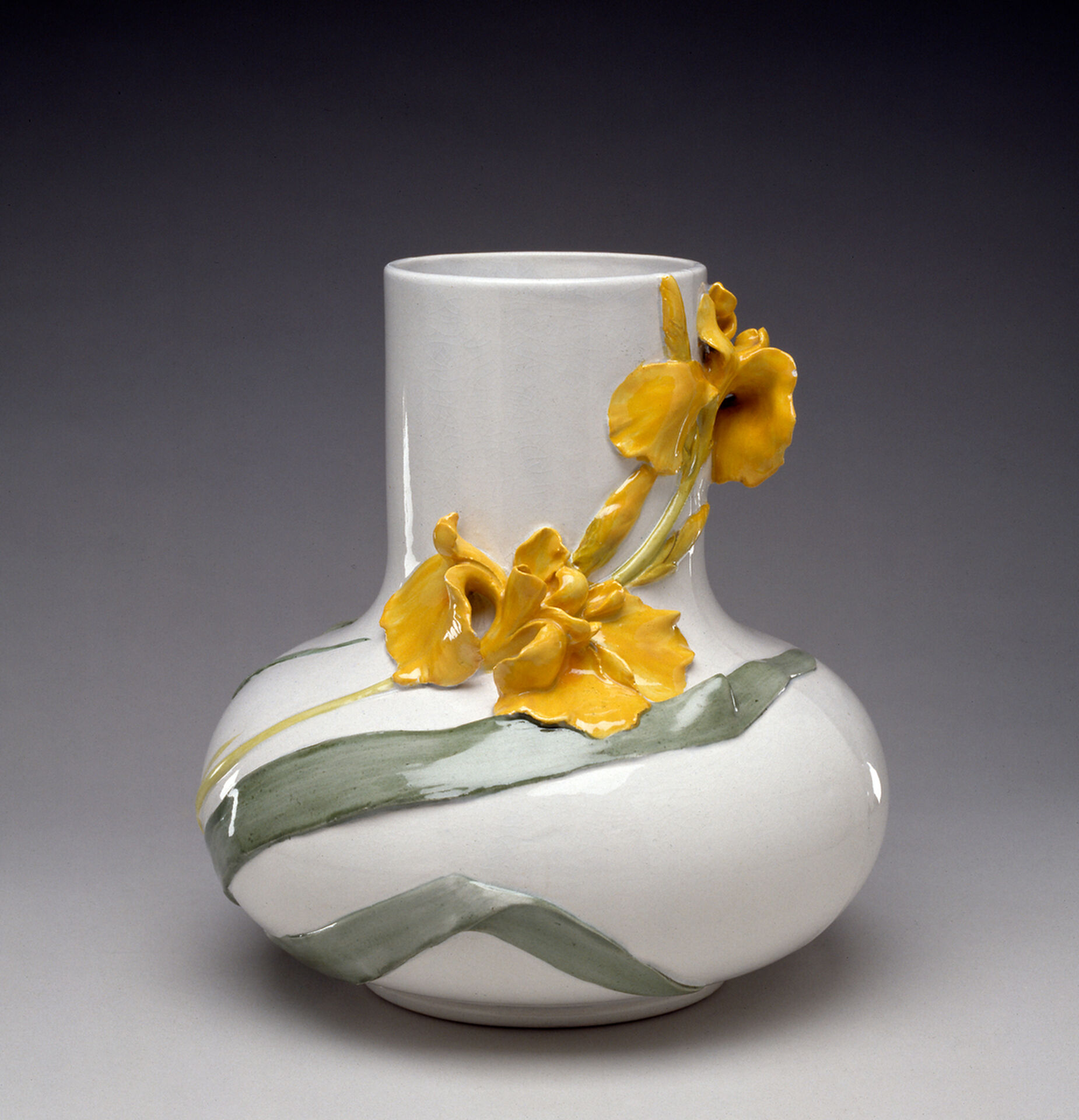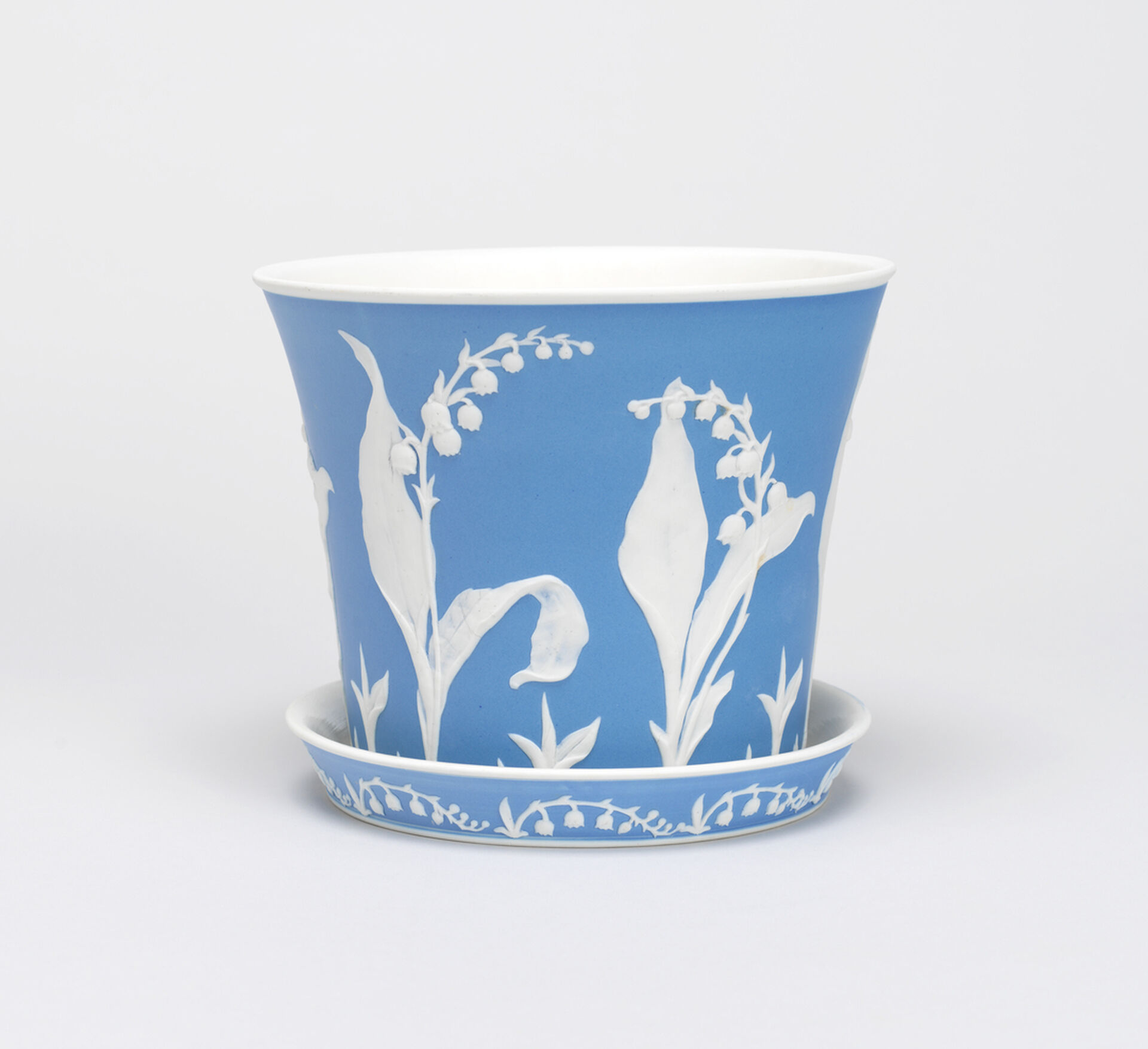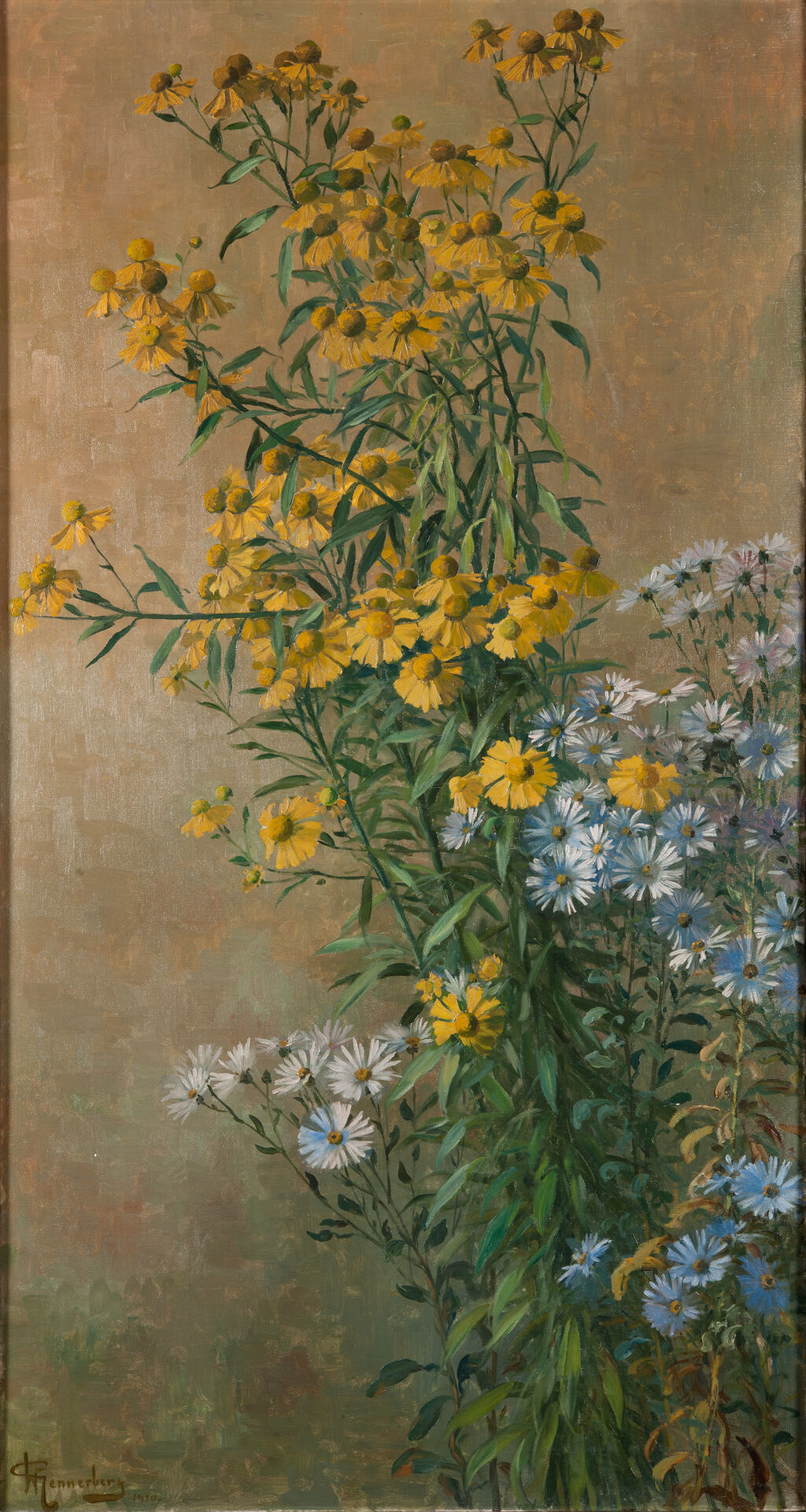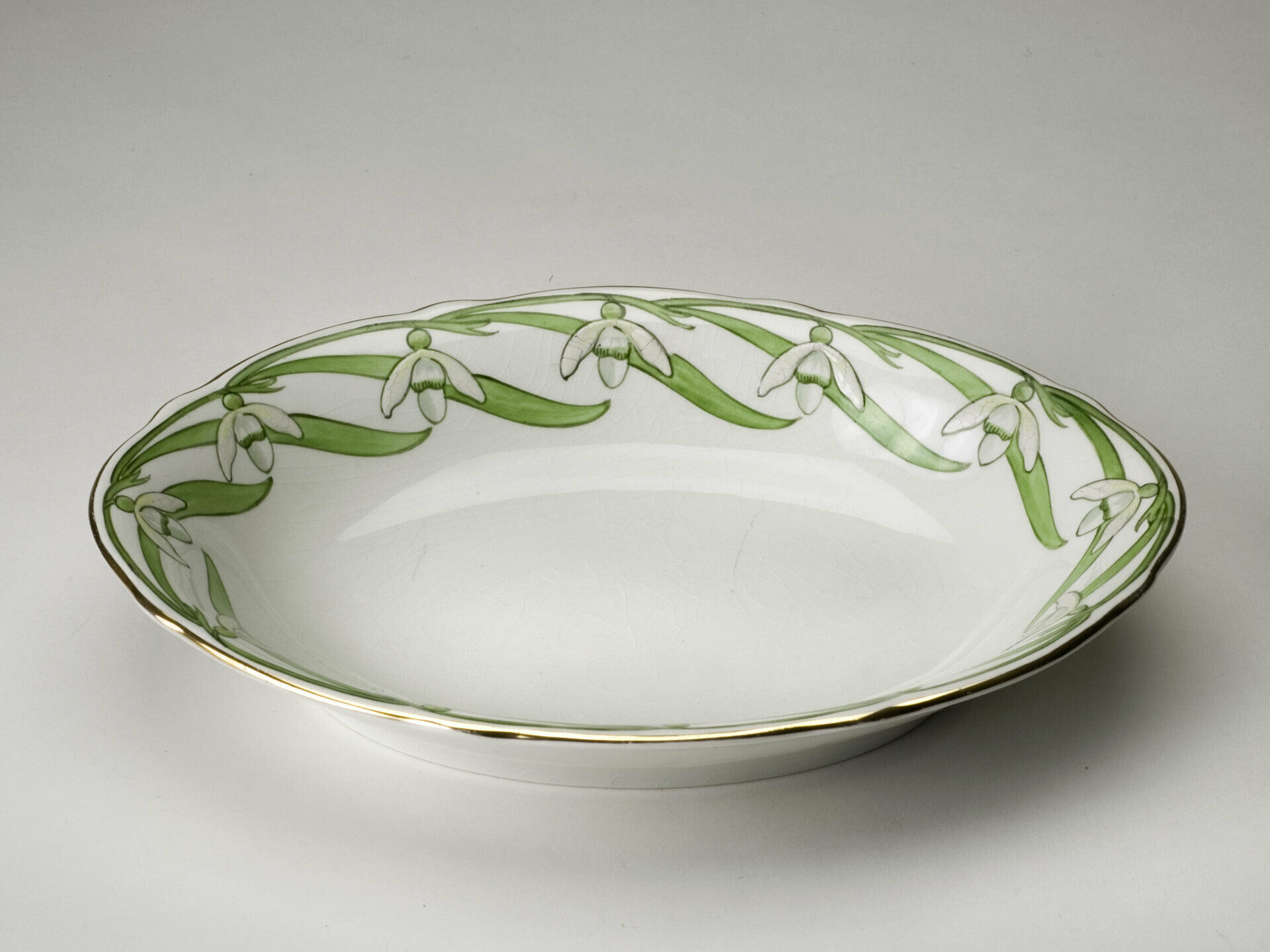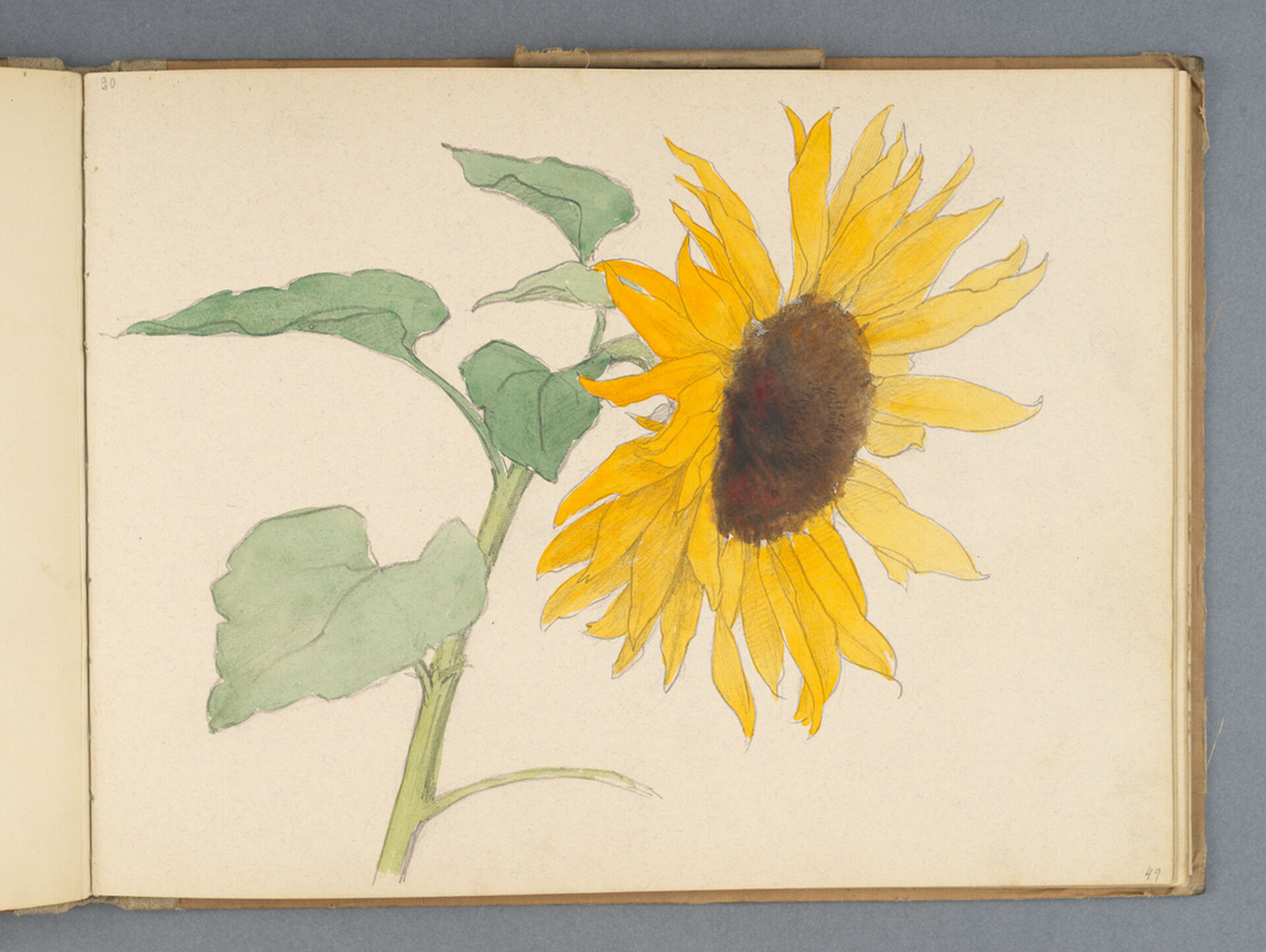In this exhibition vistors could discover a blooming treasure of decor and design from the turn of the twentieth century. With his dazzling designs for the Gustavsberg porcelain factory, Gunnar G:son Wennerberg became one of Sweden’s best-loved designers around the turn of the twentieth century. This exhibition introduced him as a flower painter, manufacturing artist, and designer who invited nature into the home.
In the exhibition Wennerberg – Nature Inside, you had the opportunity to explore the life and work of Gunnar G:son Wennerberg. Perhaps you've seen his flowers before, as winding decorations on vases and tableware in glass, ceramic and porcelain. Here, you had the chance to discover Wennerberg as both a flower painter and an artist in the manufacturing industry – a designer of form and decor.
New ideas and artistic quality
Gunnar G:son Wennerberg (1863–1914) studied in Paris for a decade from the 1880s onwards, specialising in flower painting. In 1895, the Gustavsberg porcelain factory commissioned him to contribute new ideas and design products of high artistic quality that would make Gustavsberg more competitive. Wennerberg worked for the factory until 1909.
Nature inside
Wennerberg invited nature into the home, so to speak. His painstaking, immaculately drawn sketches and watercolours of flowers and leaves were turned into dazzling patterns on tableware and artware. His patterns of common Swedish spring flowers, like snowdrops, liverwort, cowslips and lilies-of-the-valley, were particularly popular. After some time at the factory, he also developed innovative new techniques and modern artistic designs and patterns that brought the 20th century to the Gustavsberg Porcelain Factory.
The 'window garden'
Gunnar G:son Wennerberg’s interest in nature and botany led to designs for so-called 'window gardens'. During the 19th century, the general public became more interested in gardening. As living conditions improved, with homes now heated and sporting large windows, there was a boom in indoor cultivation of flowering pot plants and tropical palms. Seeds, plants, and bulbs from all over the world were readily available to customers. Nature moved into people's homes! Pots and pedestals became important part of interiors. As a result, Gustavsberg’s range grew. Many of the factory's most spectacular goods from the turn of the twentieth century were designed by Wennerberg.
The exhibition was based on Nationalmuseum’s collections and included drawings, paintings, and table-, art- and glassware. Visitors could also marvel at examples of Wennerberg’s interior designs, in the form of doors and walls that the designer painted for Henri Amic’s music room in Gouvieux, north of Paris.

